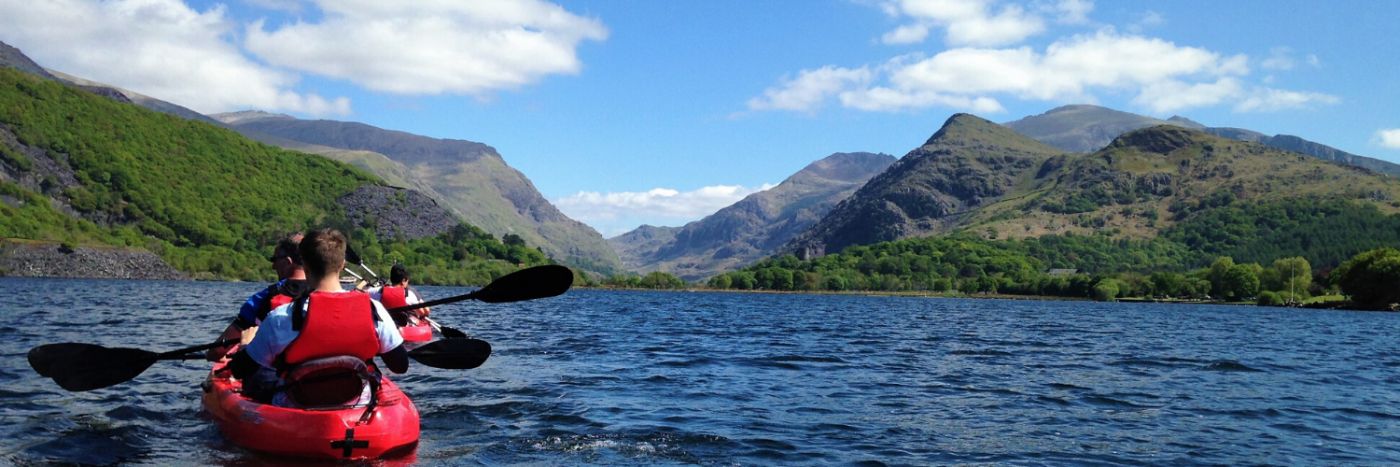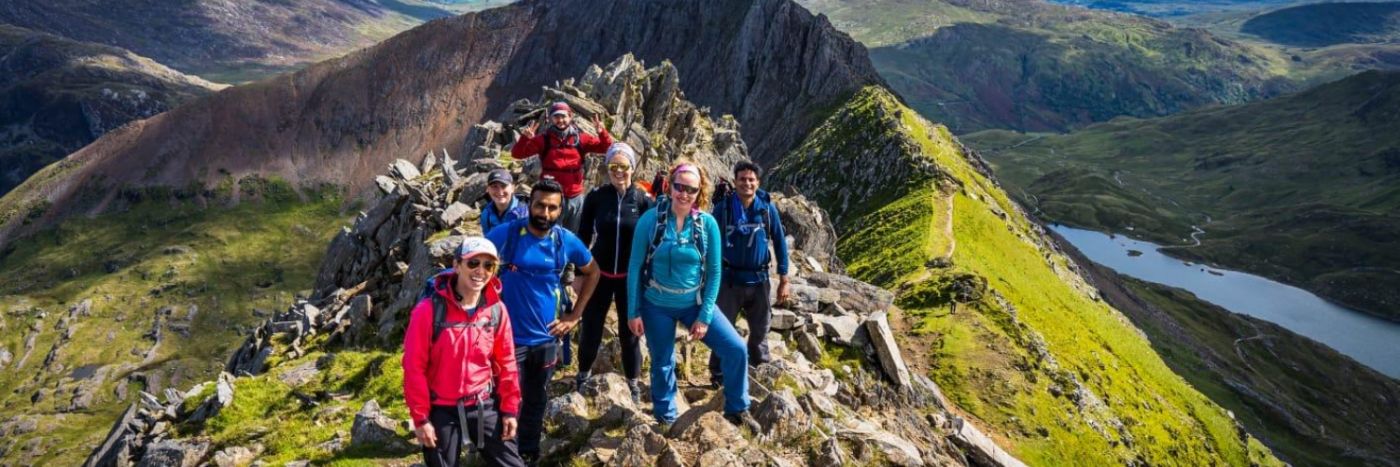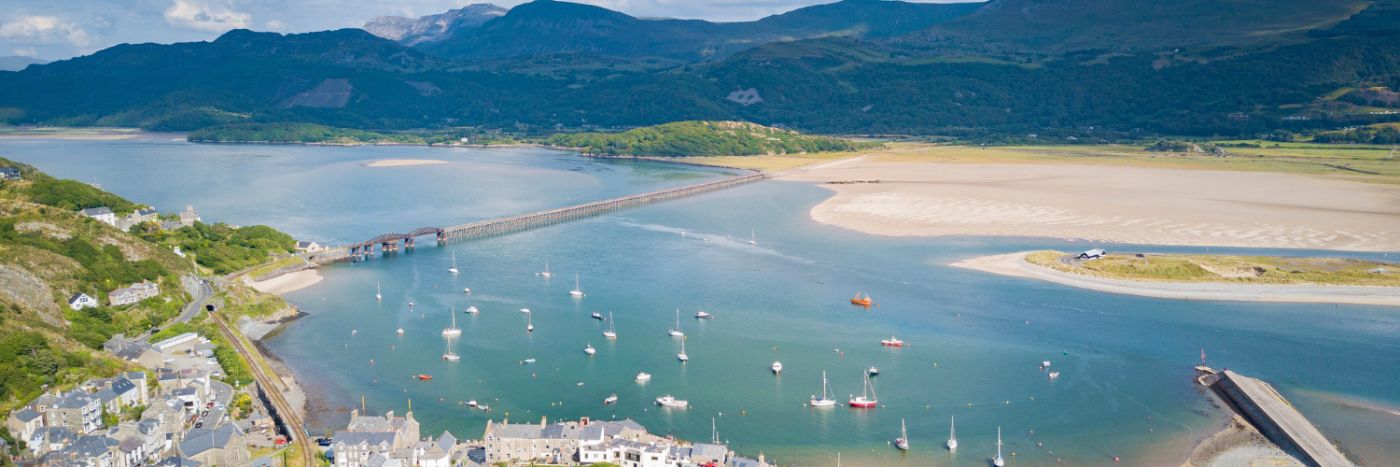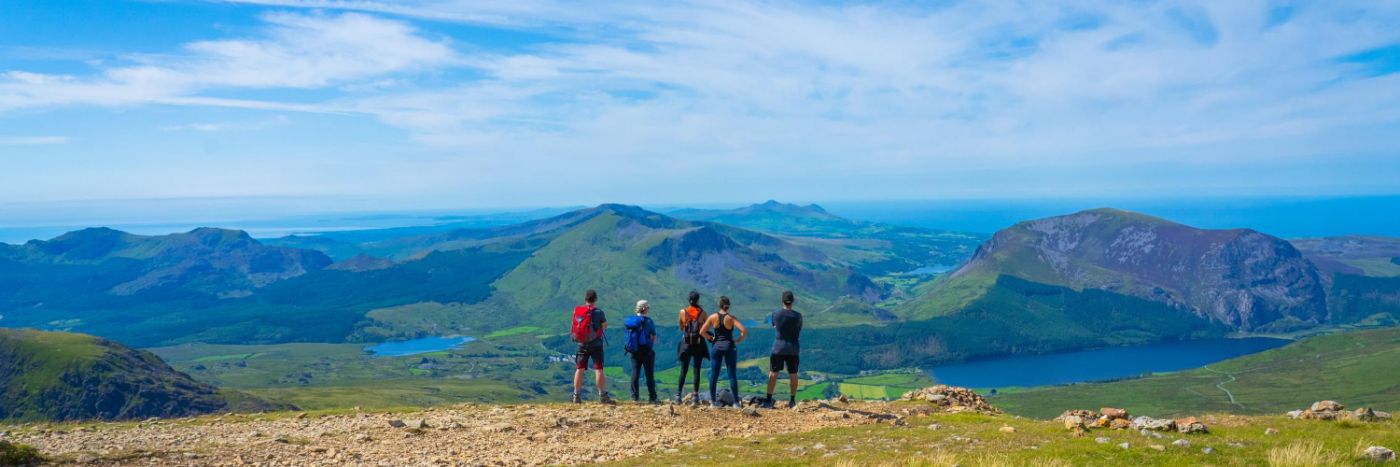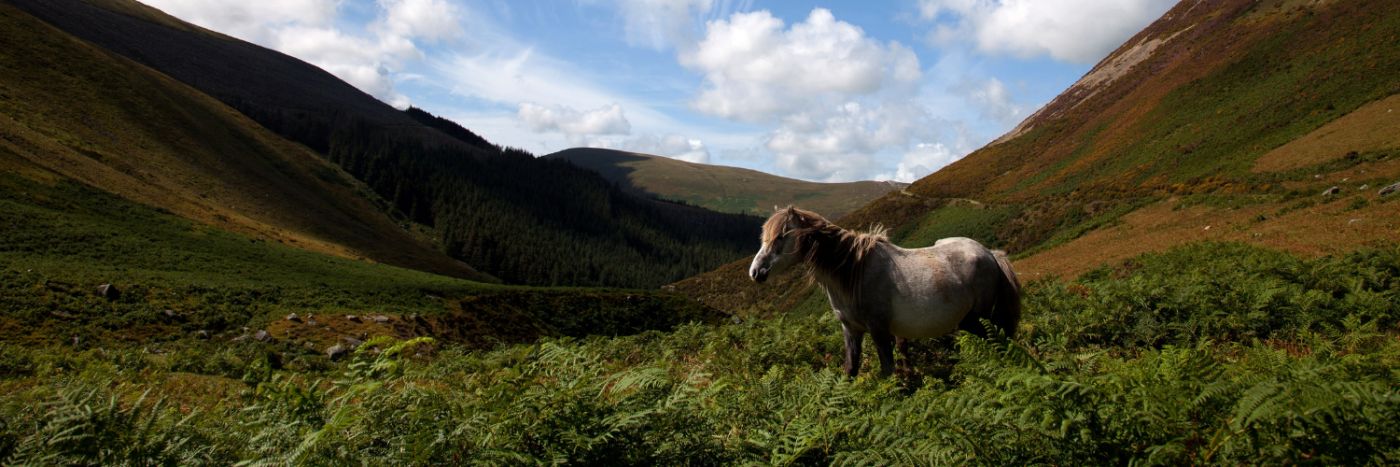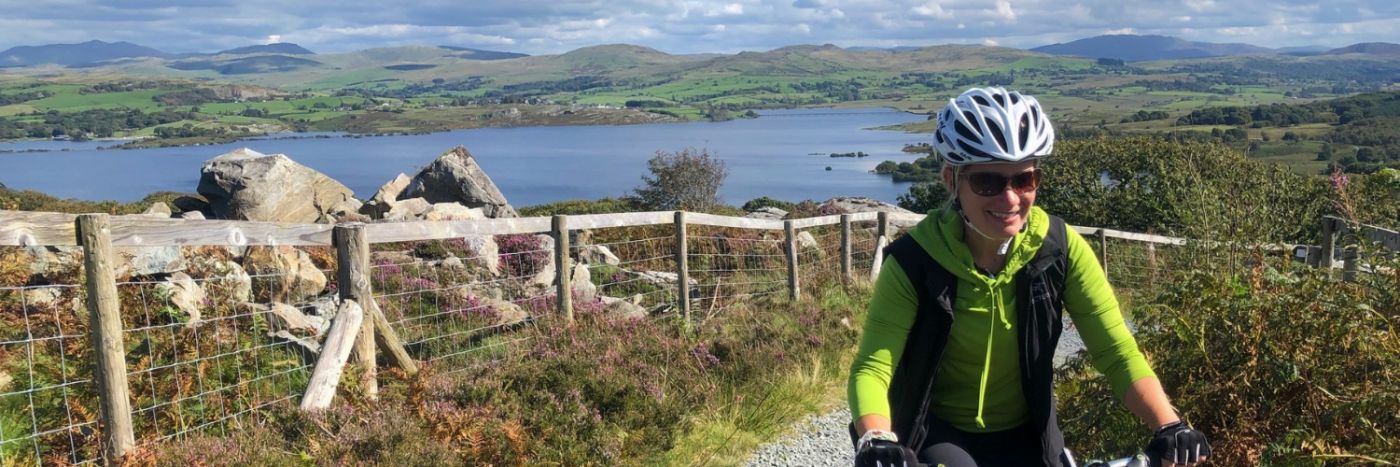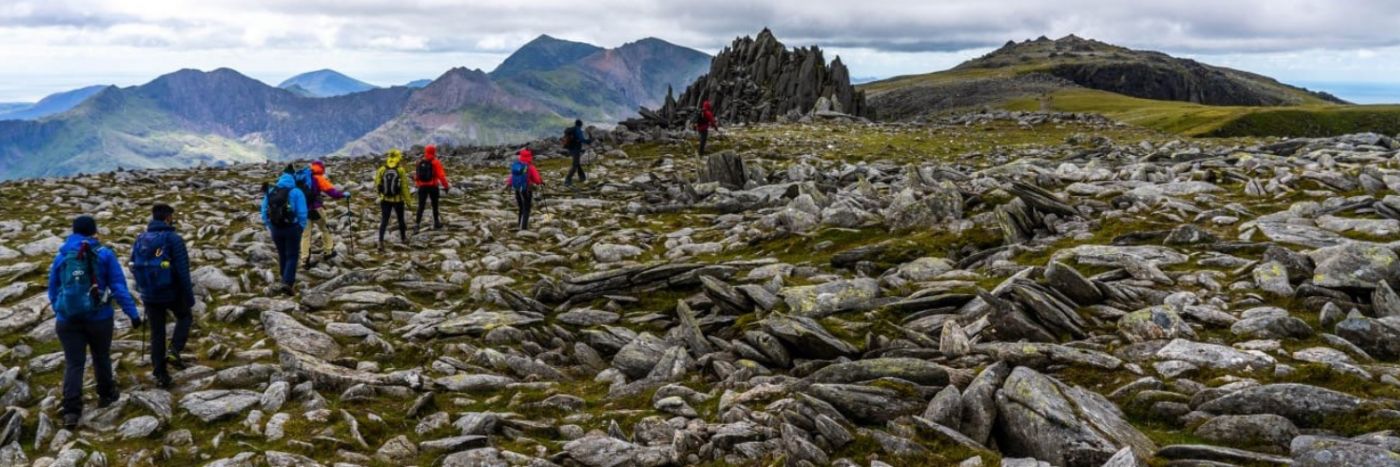Snowdonia (Eryri): 6 Fun Facts
Having completed the Snowdonia National Park Ambassador Scheme, we thought it was great chance to share some interesting and fun facts about this dramatic, diverse and impressive patch of the UK that we’re so lucky to call home. From conservation projects, to renowned geology, thrilling history, impressive arts, unique wildlife & plant life, local communities, culture & people, ‘National Nature Reserves’, sustainable and inclusive tourism, volunteering, myths & legends and of course the magical Welsh language and Yr Wyddfa (Snowdon) itself, there’s some of interest for everyone.
The Ambassador Scheme is available for anyone to complete and it’s free. There’s three insightful modules and assessments (bronze, silver & gold) and it’s a great way to learn about this special and unique National Park.
Snowdonia National Park Ambassador Course
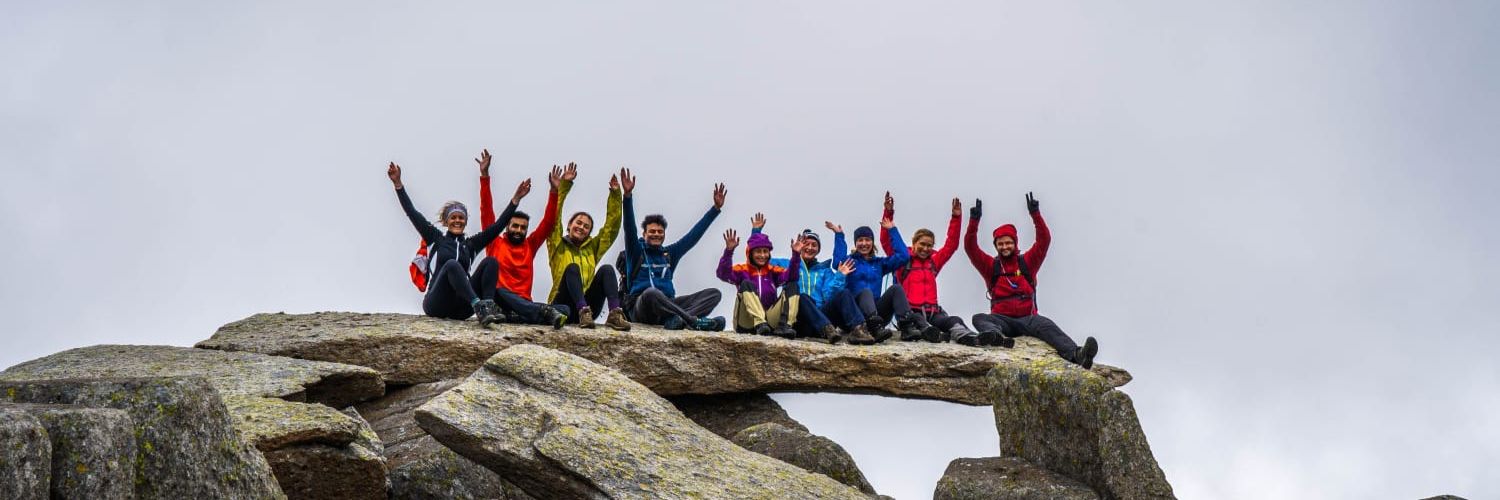
So here we go…….
1. Diverse Environment
Size – 2,132 square km (823 square miles). Making it the third largest national park in the UK
Highest mountain – Yr Wyddfa (Snowdon) at 1085m 3,560ft
Number of mountains over 2,00ft – 93
Number of mountains over 3,000ft – 15
Lakes – There are well over a hundred lakes more than an acre in size in Snowdonia, from Llyn Ogwen in the north to Tal y Llyn in the south. In 2019 Snowdonia was named the most beautiful National Park in Europe.
2. Outstanding Coastline
Snowdonia is home to 23 miles of dramatic coast with beautiful beaches and ever-changing sand dunes, as well as one of the most spectacular stretches of the pioneering Wales Coastal Path, a world’s first. The dunes are home to the rarest reptile in Wales the Sand Lizard. It was once common along the North Wales coast, but became extinct during the 1960’s as a result of development and sea defence work. The lizard has since been reintroduced and a breeding population has been established on several coastal dunes.
3. Majestic Mountains
Snowdonia has an impressive 9 mountain ranges with 15 peaks above 3000 feet. Hmmm…..perfect setting for an epic mountain adventure……. The Welsh 15 Peaks or Welsh 3000’s.
Anyway, the first documented ascent of Yr Wyddfa (Snowdon) was in 1639 by Thomas Johnson, a London apothecary and botanist. This was by no means the first ascent, for he was accompanied by a guide who had clearly been up numerous times before, though surprisingly it wasn’t myself despite sprouting more and more grey hairs of late!!
The first people to ascend Yr Wyddfa had a professional interest, such as botanists, geologists and naturalists. Not until the mid-18th century did the Victorian trekkers start simply climbing Snowdon for their own interest as opposed to reasons of study.
3. Flora and Fauna
A staggering 36,400 hectares of the Snowdonia National Park is covered by woodland. This represents around 17% of the total ground area.
Due to the location of Snowdonia being on the western edge of Europe, the Park is swept by warm wet weather, although you may not think it when your stood on the summit of Snowdon in winter.
This wet Welsh weather creates the ideal home for thousands of species and their habitats that are of international importance, some of which cannot be found anywhere else in the world!
- Snowdon Beetle (Chrysolina cerealis) – a little living jewel. About the size of a ladybird and is also known as the Rainbow Leaf Beetle. There are thought to be only 1,000 adults in the UK – all in just a handful of spots across Snowdonia.
- Snowdon Lily (Lloydia serotina) – the Snowdon Lily is Britain’s rarest plant and is found in only five locations; all of which are in Snowdonia.
- Carneddau ponies – the Carneddau Mountain range in the Snowdonia National Park is home to a small population of around 300 semi-feral Carneddau ponies whose history is thought to date back to the Bronze Age. The Carneddau herd ranges over nearly 13,500 acres or 20 square miles of the Park between Bethesda, Llanfairfechan, Capel Curig and Conwy, which includes mountains over 3,000 feet high, bogs, cliffs, rocky slopes and lakes.
4. Fascinating History
Snowdonia National Park is interwoven with a network of ancient trails which drovers followed with their herds from west to east. Many of these trails are still in use today winding their way through remote areas of the National Park and steeped in history.
The drover, 2 – 3 men and their dogs would drive the herds some 10 – 12 miles a day and stay in different pubs overnight. The journey with 80 – 120 cattle or 1,000 – 2,000 sheep took around 2 – 3 weeks to complete. There are several stories of highwaymen attacking them, but, for the most part, the drovers were aware of the dangers; travelled home as a crew, with large dogs plus a few had a pistol or a small sword for protection.
We follow some of these old drovers trails on our Snowdonia Crossing, a journey by bike, boots & boats over 3 days covering a whopping 125kms.
6. The Land of Legends
Legend has it that the first man-made structure on the summit was a cairn, built following the death in the 6th century of Rhitta Gawr, a giant who warred with the kings of Britain and cut off their beards to make himself a cloak. He was subsequently killed by King Arthur, who himself reputedly died on Bwlch y Saethau (translates as ‘Pass of the Arrows’) and a cairn was built for him as well.
The first documented building of a cairn on the summit was in 1803 when military men erected a small one to assist an Ordnance Survey team. In 1826 a second survey saw the cairn built higher, with a post, and it was further enlarged in 1842 for a third survey. Refreshments were first sold at the summit by an enterprising miner named Morris Williams in 1838.
In the 1950’s rock climber Joe Brown and his colleagues slid down the Snowdonia Mountain Railway after their climbs by placing a flat rock on the central rack of the line with a foot on each outside rail for balance and breaking. We love local legends and supporting local businesses. So to help you get the very best from your Adventurous Ewe trip, we provide you with an exclusive discount code to use in Joe Brown / The Climbers Shop, both online and in store.
We hope you enjoyed this little snippet from the mountains of interesting facts about this incredible area of the UK. And we hope to see you for an exciting adventure here soon. There’s a big warm Welsh welcome waiting for you.
Diolch (thank you),
Jim

